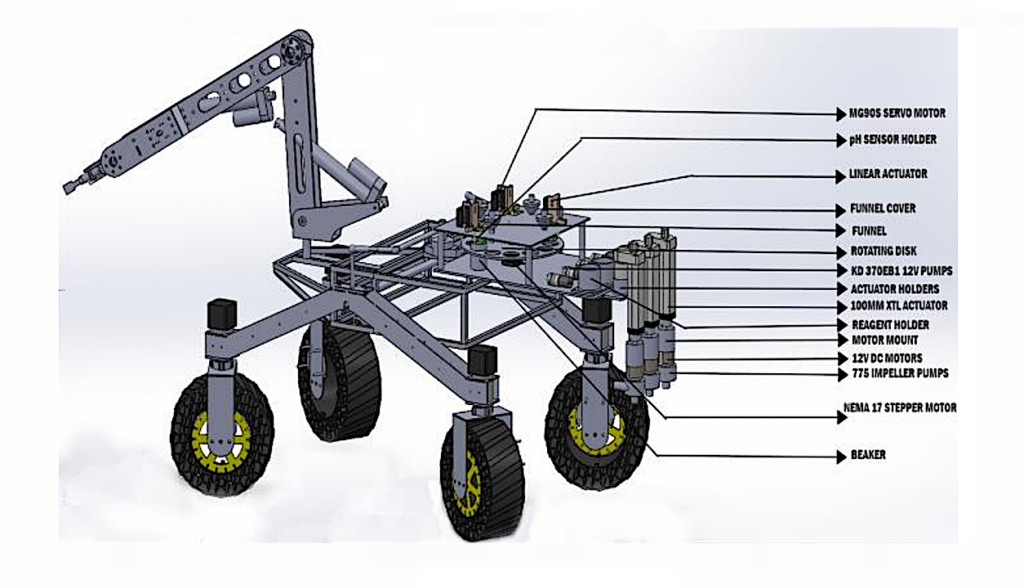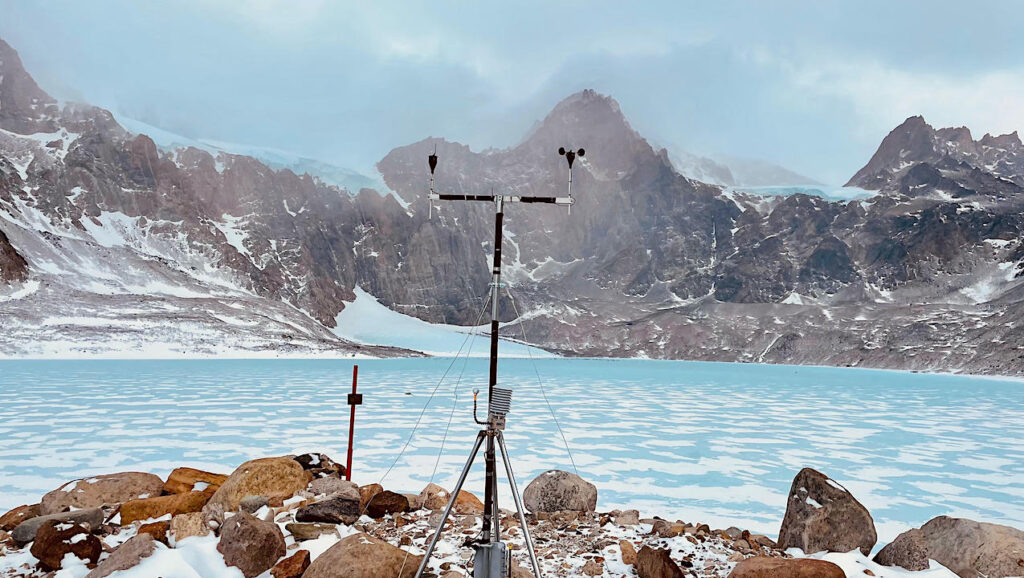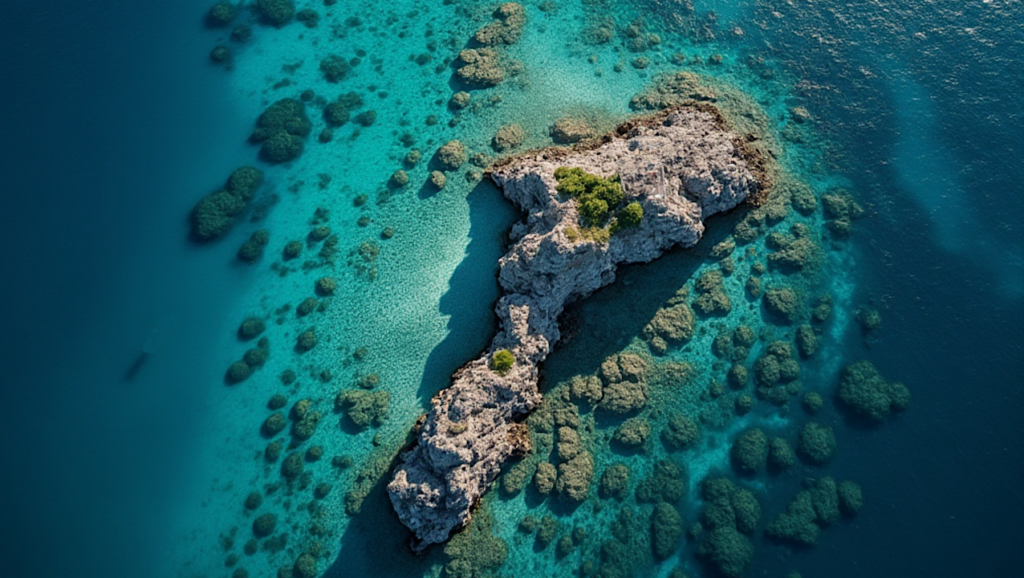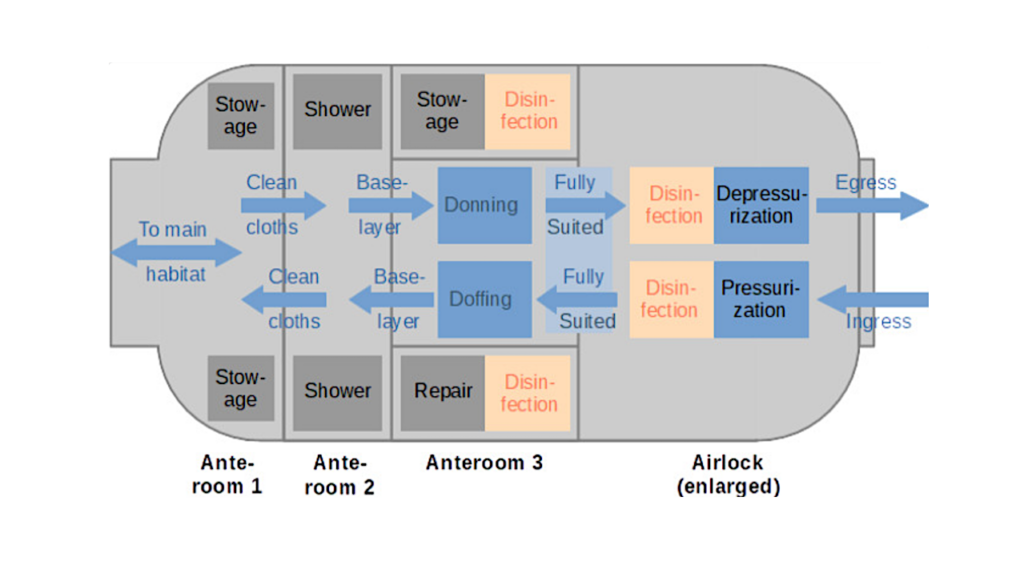Astrobiology Away Team Opportunity On A New Island Off The Coast Of Japan?
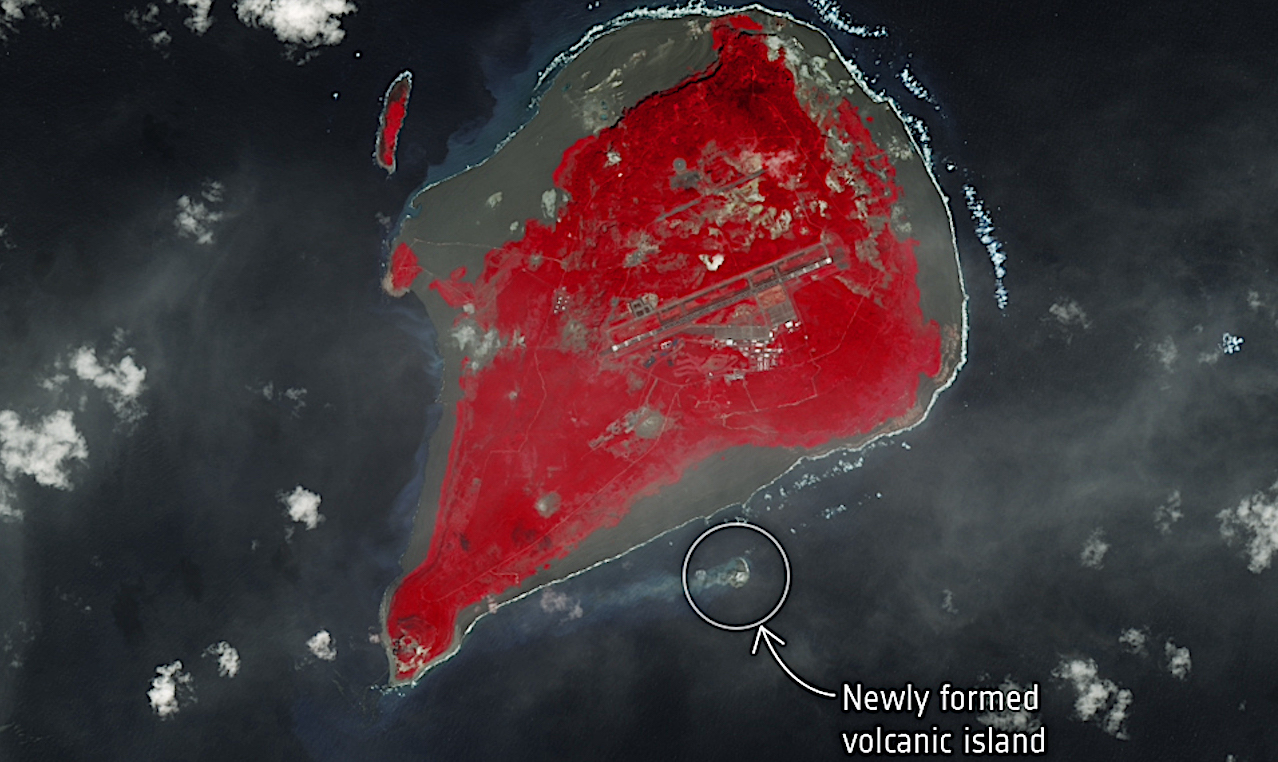
Editor’s note: While this new island is close to an existing island – surrounded by ocean – it will be more or less sterile for a while as the lava cools. Opportunities like this present a chance to see what happens when barren rock begins to be colonized by various life forms – those that are washed up from the ocean and blown in on the wind. A perfect place for an Astrobiology Away Team to examine an analog of early Earth – so long as they do not bring in any contamination themselves. Also a good opportunity to practice ‘sterile technique’ aka ‘Planetary Protection‘.
According to ESA: A new island has recently emerged off the coast of Iwo Jima island, part of the Volcano Islands archipelago in south Japan. An undersea volcano started erupting at the end of October 2023 and, since then, volcanic ash and rocks have piled up to form the new island, which is now also visible from space.
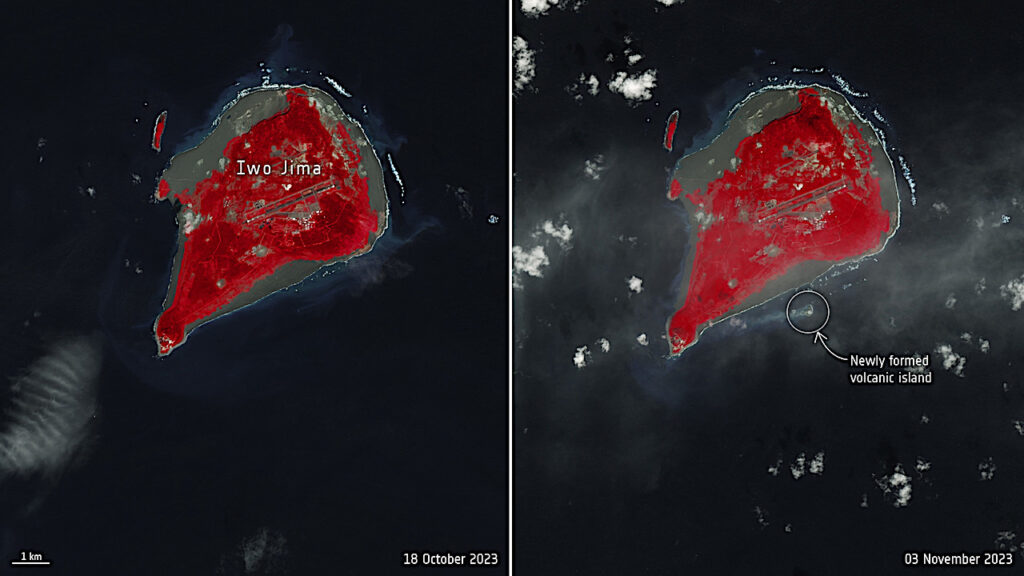
In this comparison, the image on the left, acquired on 18 October 2023 by Landsat-9, shows the area around Iwo Jima as it looked like before the eruption started. In the image on the right from 3 November, the new tiny island can be seen about one km off the southern coast of Iwo Jima. Credits: ESA/USGS Larger image
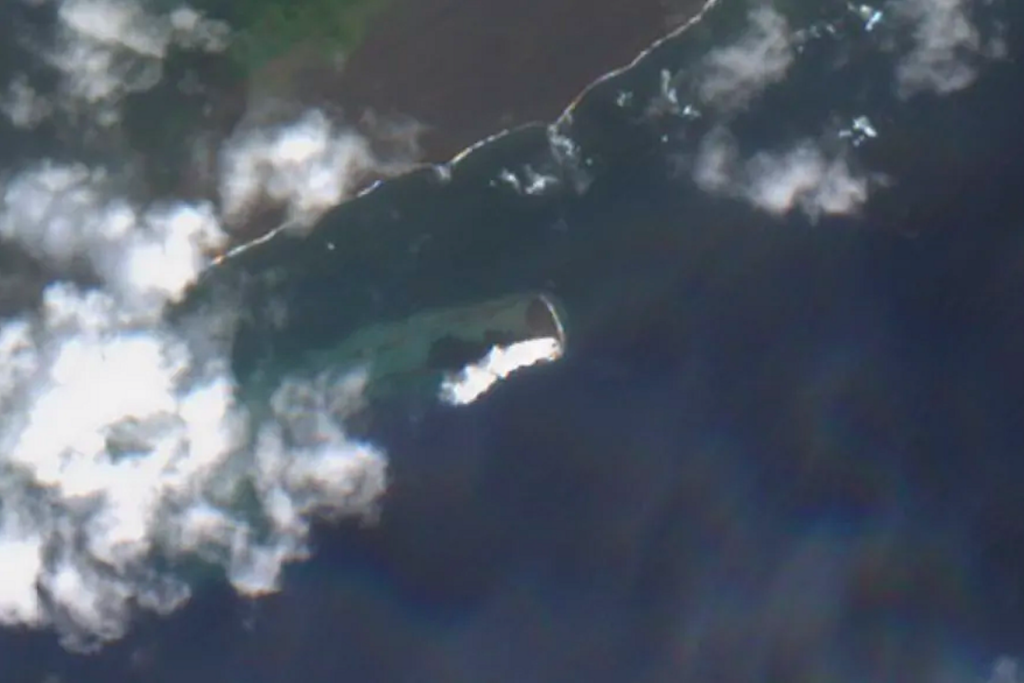
Satellite image of a new island near Iwo Jima on November 2, 2023. Credit: Copernicus EU/Sentinel-2
Update From the Smithsomian Global Volcanism Program
Ioto Japan 24.751°N, 141.289°E; summit elev. 169 m
All times are local (unless otherwise noted)
The eruption at Ioto (Iwo-jima), at a vent located about 1 km off the SE coast of Okinahama, continued during 1-3 November. A 2 November Sentinel satellite images showed a thermal anomaly at the SE end of the island which was elongated to the NNW-SSE. A white plume drifted about 400 m WSW. During an overflight on 3 November observers photographed the island and noted that a 169-m-high cone had formed at the SSE end according to news sources. Explosions occurred about every one minute that ejected dark material and incandescent material about 800 m above the vent. Floating, brown-colored pumice was present in the water around the island.
Geological Summary. Ioto in the central Volcano Islands portion of the Izu-Bonin-Mariana arc lies within a 9-km-wide submarine caldera. Ioto, Iwojima, and Iojima are among many transliterations of the name. The volcano is also known as Ogasawara-Iojima to distinguish it from several other “Sulfur Island” volcanoes in Japan. The triangular, low-elevation, 8-km-long island narrows toward its SW tip and has produced trachyandesitic and trachytic rocks that are more alkalic than those of other volcanoes in this arc. The island has undergone uplift for at least the past 700 years, accompanying resurgent doming of the caldera; a shoreline landed upon by Captain Cook’s surveying crew in 1779 is now 40 m above sea level. The Motoyama plateau on the NE half of the island consists of submarine tuffs overlain by coral deposits and forms the island’s high point. Many fumaroles are oriented along a NE-SW zone cutting through Motoyama. Numerous recorded phreatic eruptions, many from vents on the W and NW sides of the island, have accompanied the uplift.



